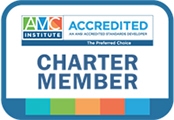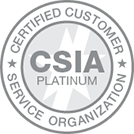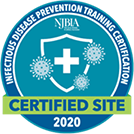To be clear, I believe it is imperative for each organization to have a map or plan for future development. It is not a question of whether or not your organization should have a strategic plan, but instead how you create a plan that works in today’s fast-paced, always-connected environment.
In order for your organization to evolve and endure, consider developing a more flexible strategic plan. Note the word flexible. A flexible or nimble strategic plan is in fact the compass by which your organization should guide its ship — it helps to steer you away from the shiny objects and allows you to hone in on the items that have merit. In order to develop a nimble strategic plan for your organization, consider looking at strategic priorities vs. strategic goals. In other words, examine why are you trying to do something vs. what you want to accomplish.
Some additional key questions for your stakeholders might include:
- Is your strategic plan living and breathing throughout your organization? If not, what can you do to achieve that goal?
- How do you test and adjust the plan — not just monitor it?
- Have you considered the “what if” scenarios? Have you included any contingency plans?
- Have you empowered staff to move quickly when needed or is your board hampering their ability to make critical timely decisions?
- Does your budget allow for changes mid-year or is it too restrictive?
Of course a plan is still just a plan unless it becomes part of your organization’s culture. It needs to tie in closely with your group’s core values, mission, and vision because when met by a shiny object you will still need to rely on those fundamental elements in order to determine value and viability — as well as whether or not to change course.
*MaryBeth Kurland, CAE, is a Senior Account Executive at Association Headquarters. MaryBeth serves as the Chief Operations Officer of the Commission for Case Manager Certification (CCMC).




